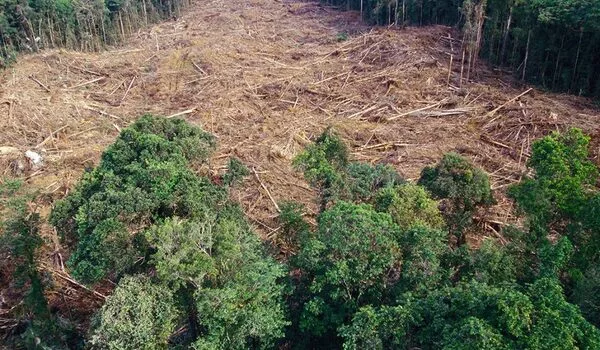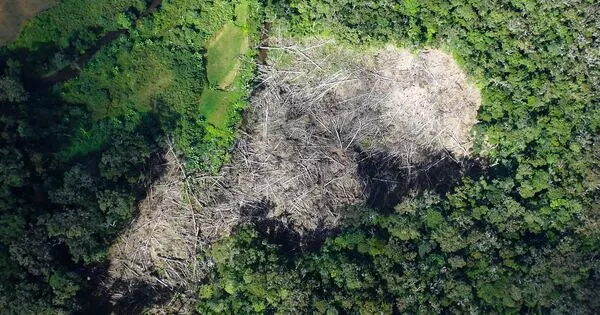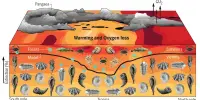Simply put, biodiversity is the variety of plant and animal species found in a given area. The greater the number and diversity of healthy, native species found in an ecosystem, the better. A healthy forest provides food, shelter, and clean air and water to a diverse range of species.
To maximize the health and productivity of new forests, reforestation projects should include a variety of tree species and ensure genetic diversity within each species, according to a study published today in eLife. The findings suggest that when determining the combination of trees in a forest, complex interactions between trees and other organisms should be carefully considered to ensure a functional ecosystem is maintained.
Diversity is essential for healthy ecosystems. Forests composed of a variety of tree species are more productive because they use resources more efficiently. This is because different species fill distinct niches, which means they have different optimal physical and environmental conditions, such as terrain, and have different interactions with other species, such as predation events, which means they compete less. Furthermore, having multiple tree species can reduce the negative effects of herbivores and soil fungi that compete for the trees’ nutrients. Few studies have looked at the role of genetic diversity within each tree species in a forest, but some plant studies suggest that genetic diversity within a species is also beneficial to the ecosystem.
We discovered that both species and genetic diversity promote forest productivity by increasing trees’ ability to maximize resource use while reducing damage caused by herbivores and competition from soil fungi.
Ting Tang
“We looked at how both the variety of species and genetic diversity within species affect forest productivity to better understand the effects of genetic diversity in forests and guide reforestation efforts,” says Ting Tang, co-lead author of the study and a doctoral student at the University of the Chinese Academy of Sciences in Beijing, China.
Tang and colleagues analyzed data from a subtropical forest’s long-term large tree species and genetic diversity experiment (www.bef-china.com, Bruelheide et al., 2014). The team manipulated tree species diversity and genetic diversity within species to generate four different plant diversity levels, and they measured five structural and chemical leaf traits that are known to be highly variable and related to resource acquisition rates.
The team’s investigations showed that trees grown in forests with multiple tree species were more productive than those grown in single-species (or monoculture) forests. Forests with four different tree species had less diversity in soil fungi than monoculture forests, reducing the need for the trees to compete with fungi for resources. There was also less pressure from herbivores than in monoculture forests.

The researchers observed no reduction in soil fungi diversity or herbivore pressure in forests containing one tree species with four distinct genetic backgrounds. However, forests with four different tree species – each with individual trees from four genetically distinct family groups – had beneficial effects on both fungi diversity and herbivore pressure.
“We discovered that both species and genetic diversity promote forest productivity by increasing trees’ ability to maximize resource use while reducing damage caused by herbivores and competition from soil fungi,” Tang says.
The findings suggest that species and genetic diversity could help reduce the number and variety of tree competitors, such as by lowering the toll that herbivores take on trees, the costs to trees of producing defensive compounds to deter them, or lowering fungi competition for nutrients. They also suggest that trees in more diverse forests can exploit individual niches more effectively.
“Reforestation projects are critical to reducing atmospheric carbon levels and assisting countries in realizing the full ecological and economic benefits of healthy forests,” says Xiaojuan Liu, associate professor at the Chinese Academy of Sciences’ Institute of Botany in Beijing. “Our findings suggest that scientists in charge of reforestation projects should include multiple tree species as well as genetically diverse individual trees within each species in order to ensure healthier forests.”
















